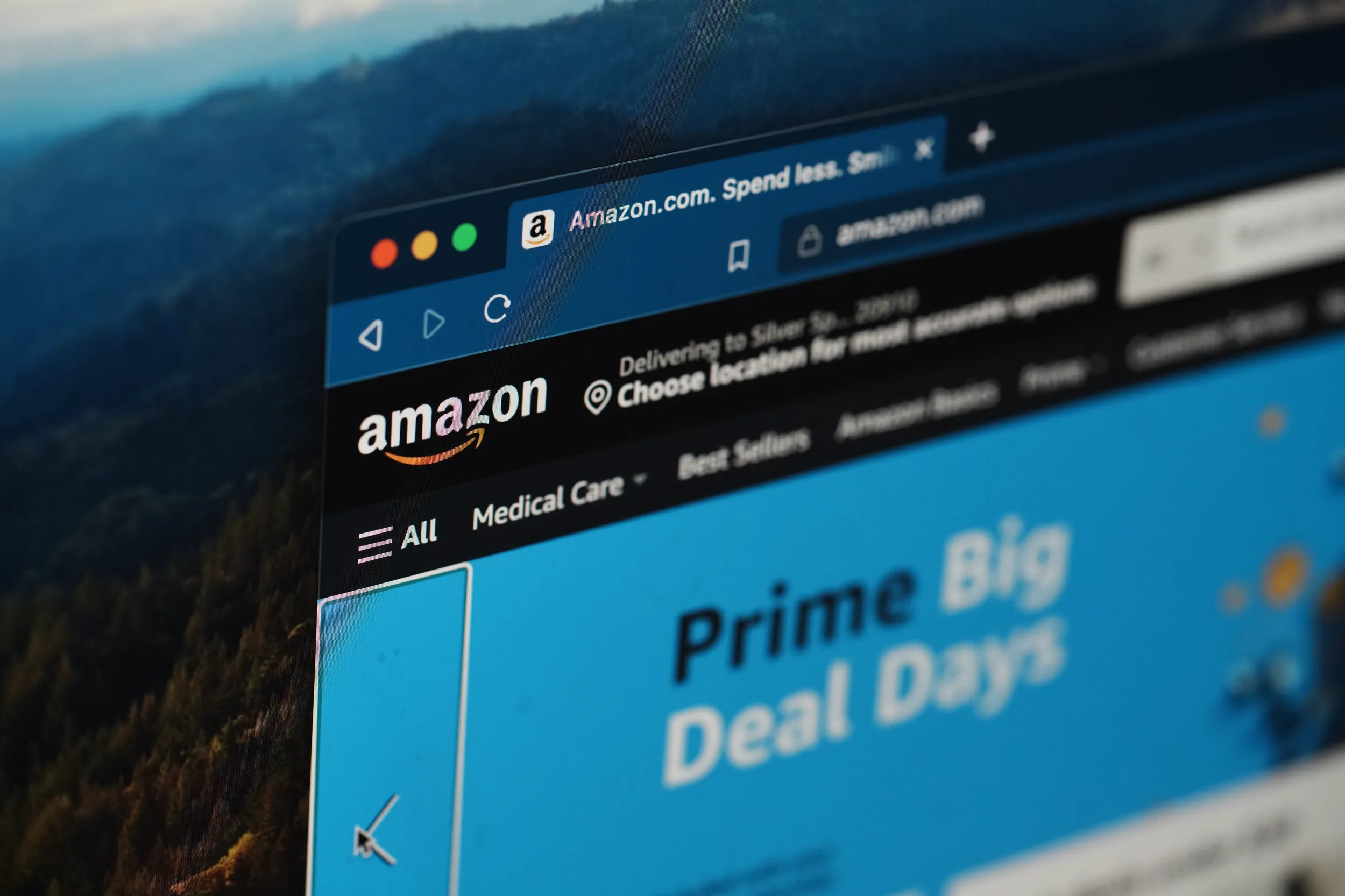One in Six Active U.S. Patents Pertain to the Smartphone
Smartphone patents account for just over 16% of all active U.S. patents. Yes, you read that right. One-sixth of all active U.S. patents* regulate smartphone development and innovation, using recent estimates from defensive patent aggregator RPX:
Modern products and services incorporate numerous technology components. The evolution of mobile devices provides an example. Based on our research, we believe there are more than 250,000 active patents relevant to today’s smartphones, a significant increase compared to our estimate of approximately 70,000 patents that were active and relevant to mobile phones in 2000. This growth can be attributed to the expanded set of features and functionality incorporated in today’s smartphones, including touchscreens, internet access, streaming video, media playback, application store readiness and other web-based services, and WiFi connectivity options.**
If anything illustrates the absurdity of the current state of affairs in the patent system, it is that the smartphone handset market — although booming — accounts for less than 1% of the U.S. annual GDP (by U.S. sales) but encompasses 16% of all active U.S. patents.***
To better understand this number, here are some other stats:
- There are roughly 40,000 new software patents issued each year — and the rate of issuance is growing over time.
- If we estimate that the average software patent has 20 claims — which isn’t a stretch given that the average software patent between 1990 – 1995 had 16.8 claims — that is nearly five million potential restrictions on smartphone innovation. That is a number so mind boggling that no company, let alone programmer, could have any chance of keeping track of what they can and cannot do in the smartphone space.
- The U.S. pharmaceutical industry is worth approximately $300 billion dollars a year (2009 estimate), but has accounted for only 6.44% of U.S. patents over the past 15 years.
- The Information and Communication Technologies (ICT) sector accounts for 4% of U.S. GDP but 40% of U.S. patents.
- According to a USPTO report in the pharmaceutical industry, there are approximately 46.8 patents per every 1,000 jobs, whereas in the computer and peripherals equipment sector, there are 277.5 patents per 1,000 jobs.
- Even the semiconductor industry, known for its highly complex products, has a patent/job ratio of 111.6 patents per 1,000 jobs — approximately 40% the rate of patents to jobs as the computer and peripherals market.
To put the absurdity of the current system into perspective, scholars Christina Mulligan and Timothy B. Lee estimated that it would take roughly 2,000,000 patent attorneys working full-time to compare every software-producing firm’s products with every software patent issued in a given year. Mulligan and Lee estimate that this would cost the U.S. economy $400 billion a year. In reality, the costs would likely be far greater, since these scholars guesstimated the average cost of a patent attorney as being $100 an hour, when in fact it is now much higher. The American Intellectual Property Law Association (AIPLA) estimates the mean cost of a patent attorney or patent agent as being $371 an hour in 2011.
Using AIPLA’s hourly mean, it would cost approximately $1.5 trillion a year to screen every software program against software patents issued just that year (and that is assuming it only takes 10 minutes to clear an individual patent). Put another way, conducting thorough software patent clearances would consume — at a minimum — 10% of the U.S. GDP (and perhaps considerably more). This exceeds the value-add that the nation’s information industries, (software, publishing, data processing, telecommunications) provide to U.S. GDP in the first place. In fact, it is nearly 2.5 times the amount of money spent by the U.S. Government on national defense in 2012.
Without question, a regulatory system whose compliance costs are more than twice what we spend on national defense is in a state of crisis.
Notes from the Back of the Envelope:
* See Dan Burk and Mark Lemley’s book, The Patent Crisis and How The Courts Can Solve It (2009), Page 27:
“There are, as we have seen, roughly 1.5 million active U.S. patents in force right now in the United States, and that doesn’t count the substantial percentage that are dropped for failure to pay maintenance fees at some time in their lives. These 1.5 million patents are just the ones that people are willing to continue paying money to hold onto because they think they might turn out to be useful. A significant percentage of these are in the IT sector. Hundreds of thousands of patents cover semiconductor, software, telecommunications or Internet inventions.”
** I independently confirmed that the 250,000 patents number cited by RPX is active U.S. patents and not worldwide patents.
*** Although the exact dollar figure for U.S. smartphone sales is not available, Pyramid Research estimates that world mobile handset sales will surpass $200 billion in 2012. The U.S. accounts for 17.8% of global smartphone shipments. Even if we assume that all of the revenue comes from smartphones — which it doesn’t because “feature phones” (cellular devices that are not smartphones) still make up a significant chunk of mobile device sales — and that the average U.S. consumer device costs double the average price of the rest of the world, that would put the value of the U.S. smartphone market at approximately $70 billion. That is approximately .5% of the U.S. GDP.








